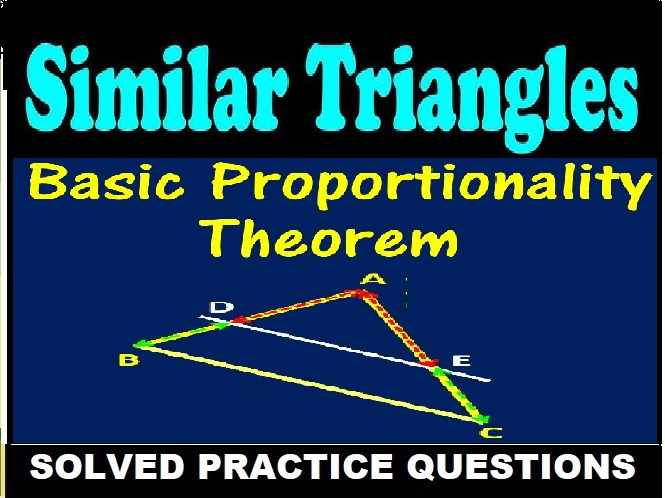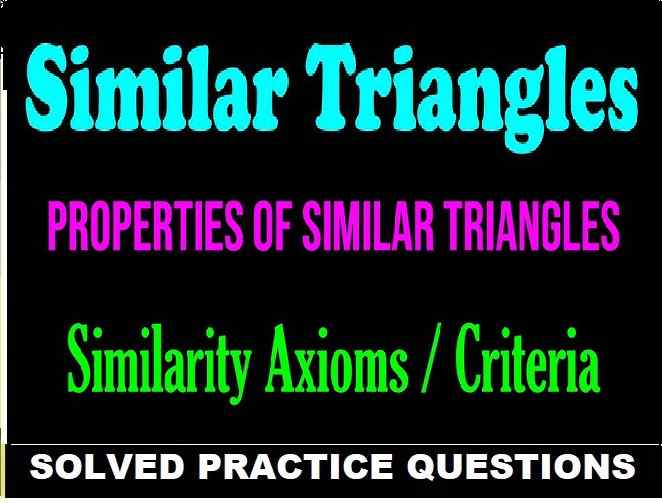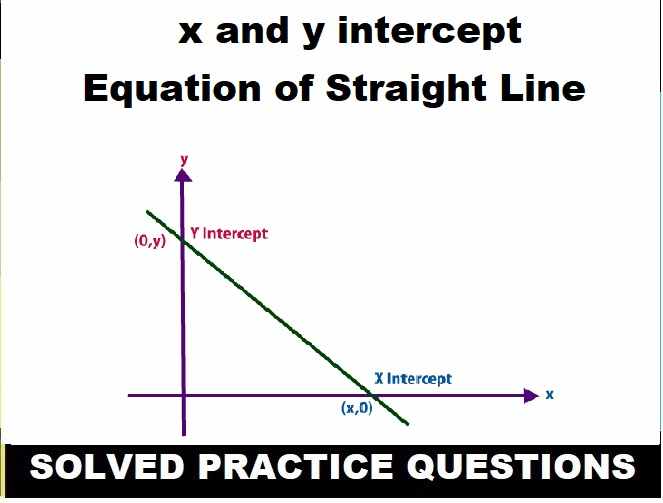The Force Objective-2 HC Verma Solutions Concept of Physics Vol-1 Ch-4 for Class-11. Solution of Objective -2 (MCQ-2) Questions of Ch-4 The Force HC Verma Solutions . Visit official Website CISCE for detail information about ISC Board Class-11 Physics.
The Force Objective-2 (MCQ-2) HC Verma Solutions Concept of Physics Vol-1 Ch-4 for Class-11
| Board | ISC and other board |
| Publications | Bharti Bhawan Publishers |
| Ch-4 | The Forces |
| Class | 11 |
| Vol | 1st |
| writer | H C Verma |
| Book Name | Concept of Physics |
| Topics | Solution of Objective-2 (MCQ-2) Questions |
| Page-Number | 62 |
-: Select Topics :-
Objective-II
The Force Objective-2 (MCQ-2) HC Verma Solutions
Concept of Physics Vol-1 Ch-4 for Class-11 2020-21 Edition (MCQ-2)
Page-Number-62
Question-1
A neutron exerts a force on a proton which is
(a) gravitational
(b) electromagnetic
(c) nuclear
(d) weak
Answer-1
the options (a) and (c) are correct
Explanation:
A neutron exerts both the gravitational and nuclear forces on a proton. The gravitational force can be seen between a neutron and a proton. However, its strength is negligible. The nuclear force is exerted only if the interacting particles are neutrons or protons or both. A neutron cannot exert electromagnetic force, because it is a neutral particle.
Question-2
A proton exerts a force on a proton which is
(a) gravitational
(b) electromagnetic
(c) nuclear
(d) weak
Answer-2
the options (a) , (b) and (c) are correct
Explanation:
A proton exerts gravitational, electromagnetic and nuclear forces on a proton. The gravitational force can easily be seen everywhere; it the weakest among all the forces. It is negligible in elementary particles like protons.The electromagnetic force can be seen between charged particles. Since proton is a charged particle, it can exert this force on other protons. The nuclear force is present only if the interacting particles are protons or neutrons or both. So, this force can exist between two protons.
Question-3
Mark the correct statements :
(a) The nuclear force between two protons is always greater than the electromagnetic force between them.
(b) The electromagnetic force between two protons is always greater than the gravitational force between them.
(c) The gravitational force between two protons may be greater than the nuclear force between them.
(d) Electromagnetic force between two protons may be greater than the nuclear force acting between them
Answer-3
The options (b) , (c) and (d) are correct
Explanation:
The electromagnetic force between two protons is always greater than the gravitational force between them, because gravitational force is the weakest force in nature. We know that nuclear force is the strongest force in nature when the distance between two particles is less than 10-14 m . However, the gravitational as well as electromagnetic forces between two protons may be greater than the nuclear force acting between them when the distance between them is more than 10-14 m
Question-4
If all matters were made of electrically neutral particles such as neutrons,
(a) there would be no force of friction
(b) there would be no tension in the string
(c) it would not be possible to sit on a chair
(d) the earth could not move around the sun.
Answer-4
The options (a) , (b) and (c) are correct
Explanation:
For the existence of friction between two bodies and tension in a string, electromagnetic force is needed. Electromagnetic force exists only between charged particles. For sitting on a chair, we need fractional force. A neutral particle can exert gravitational force on other neutral particles. So, even if all the matters were made up of electrically neutral particles, the earth will still move around the sun.
Question-5
Which of the following systems may be adequately described by classical physics ?
(a) motion of a cricket ball
(b) motion of a dust particle
(c) a hydrogen atom
(d) a neutron changing to a proton.
Answer-5
The options (a) and (b) are correct
Explanation:
Classical physics adequately describes the motion of a ball and the motion of dust particles. It also describes Newton’s law of motion, Newton’s law of gravitation, Laws of thermodynamics, Maxwell’s electromagnetism and Lorentz force. Classical physics easily describes the system of heavenly bodies like the Sun, the Earth and the Moon. However, it is inadequate for describing systems of particles which have sizes much smaller than 10-6 m (e.g., atom, nuclei and other elementary particles).
Question-6
The two ends of a spring are displaced along the length of the spring. All displacement have equal magnitudes. In which case or cases the tension or compression in the spring will have a maximum magnitude ?
(a) the right end is displaced towards right and the left end towards left
(b) both ends are displaced towards right
(c) both ends are displaced towards left
(d) the right end is displaced towards left and the left end towards right.
Answer-6
The options (a) and (D) are correct
Explanation:
When the right end is displaced towards the right and the left end towards the left, then this is the case of tension (expansion) and the spring will have maximum displacement.
When the right end is displaced towards the left and the left end towards the right, then this is the case of compression and ,again, the spring will have maximum displacement.

Question-7
Action and reaction
(a) act on two different objects
(b) have equal magnitude
(c) have opposite directions
(d) have resultant zero.
Answer-7
The All options (a) , (b) , (c), and (D) are correct
Explanation:
We know that two forces ![]() connected by Newton’s third law are known as action-reaction pair.
connected by Newton’s third law are known as action-reaction pair.
For example, when a man jumps out from a ferry, he applied some force on the ferry. So, the action force in this case is the force applied by the man and the reaction is the force exerted by the ferry on the man. Both the forces act upon different objects (the man and the ferry) but have equal magnitudes and opposite directions. As a result, their resultant is zero.
—: End of The Force Objective-2 (MCQ-2) HC Verma Solutions :–
Return to – HC Verma Solutions Vol-1 Concept of Physics
Thanks


